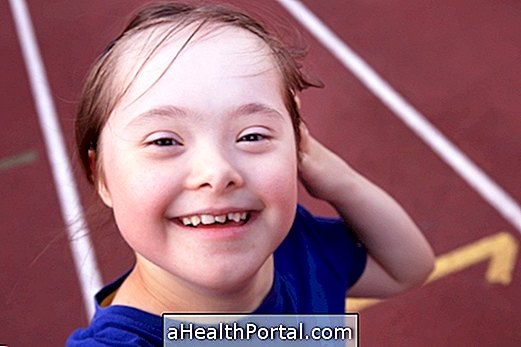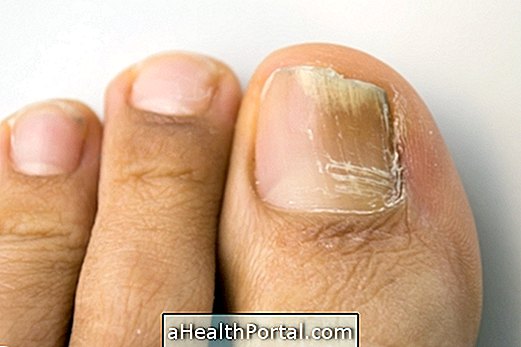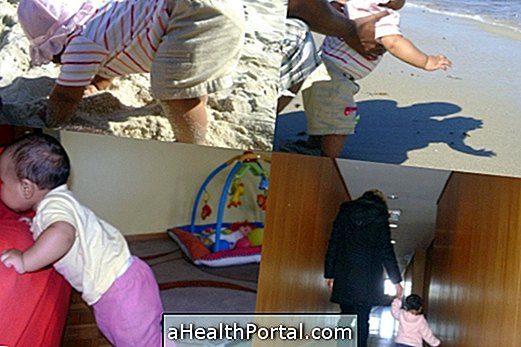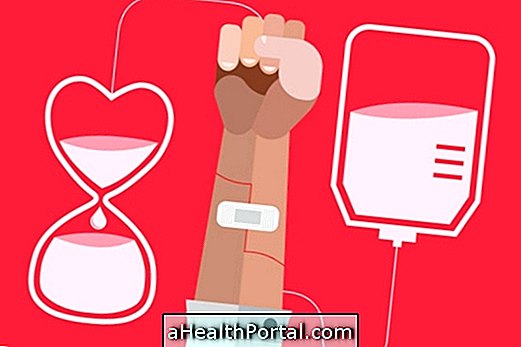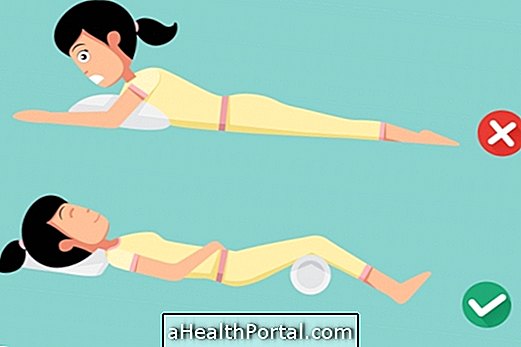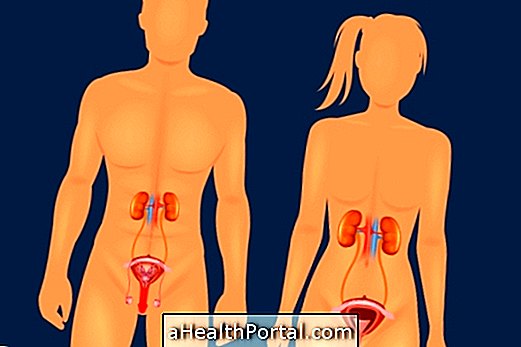Achondroplasia is a type of dwarfism, which is caused by a genetic alteration and causes the individual to have a lower stature than normal, accompanied by limbs and trunk with disproportionate size, with arched legs. In addition, adults with this genetic disorder also have small, broad hands with short fingers, increased head size, very specific face features with prominent forehead and flattened eye region, and difficulty in stretching arms.
Achondroplasia is the result of insufficient growth of long bones and is the type of dwarfism that creates the smallest people in the world, which can lead adults to measure 60 cm in height.
Main changes associated with Achondroplasia
The main changes and problems that individuals with Achondroplasia face are:
- Physical limitations associated with their deformations in the bones and height, because often the public places are not adapted and the accessibility is restricted;
- Respiratory problems such as sleep apnea and obstruction of the airways;
- Hydrocephalus, because the skull is narrower which leads to abnormal accumulation of fluid inside the skull, causing swelling and increased pressure;
- Obesity which can lead to joint problems and increases the chances of having heart problems;
- Problem in the teeth because the dental arch is smaller than normal, there is also a misalignment and overlapping of the teeth;
- Discontent and social problems can affect people who have this disease because they may feel dissatisfied with their appearance, which leads to false sense of inferiority and social problem.
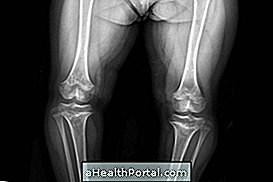

Although it causes several physical problems and limitations, Achondroplasia is a genetic disorder that does not affect intelligence.
Causes of Achondroplasia
Achondroplasia is caused by mutations in a gene related to bone growth, which leads to its abnormal development. This change can happen in isolation in the family, or it can be passed from parents to children in the form of genetic inheritance. Therefore, a parent with achondroplasia has about a 50% chance of having a child with the same condition.
Diagnosis of Achondroplasia
Achondroplasia can be diagnosed when the woman is pregnant, as of the 6th month of pregnancy, through a prenatal ultrasonography or ultrasound, because there is a reduction in the size and shortening of the bones. or through routine x-rays to the baby's limbs.
However, there may be cases where the disease is only diagnosed later after the baby is born through routine radiographs to the baby's limbs, as this problem may go unnoticed to parents and pediatricians, since newborns usually have limbs short in relation to the trunk.
In addition, when ultrasound scans or x-rays to the baby's limbs are not sufficient to confirm the diagnosis of the disease, a genetic test can be performed to identify whether or not there is any change in the gene that causes this type of dwarfism.
Treatment of Achondroplasia
There is no treatment that can cure Achondroplasia, but some treatments such as physical therapy for posture correction and muscle strengthening, regular physical activity and follow-up for social integration may be indicated by the orthopedist to improve the quality of life.
Babies with this genetic problem should be monitored from birth and follow-up should be extended throughout life, so that their health status can be regularly assessed.
In addition, women with Achondroplasia who wish to become pregnant may be at greater risk of complications during pregnancy because there is less space in the belly for the baby, which increases the chances of the baby being born prematurely.
Physiotherapy for Achondroplasia
The function of physiotherapy in achondroplasia is not to cure the disease but rather to improve the individual's quality of life and this helps to treat hypotonia, stimulate psychomotor development, decrease pain and discomfort caused by the characteristic deformities of the disease, and help individual to do their daily activities properly, without the need for the help of other people.
Physical therapy sessions can be performed daily or at least twice a week for as long as it takes to improve the quality of life, and these can be done individually or in a group.
In physiotherapy sessions, the physiotherapist should use means to decrease pain, facilitate movement, correct posture, strengthen muscles, stimulate the brain, and create exercises that meet the needs of the individual.


